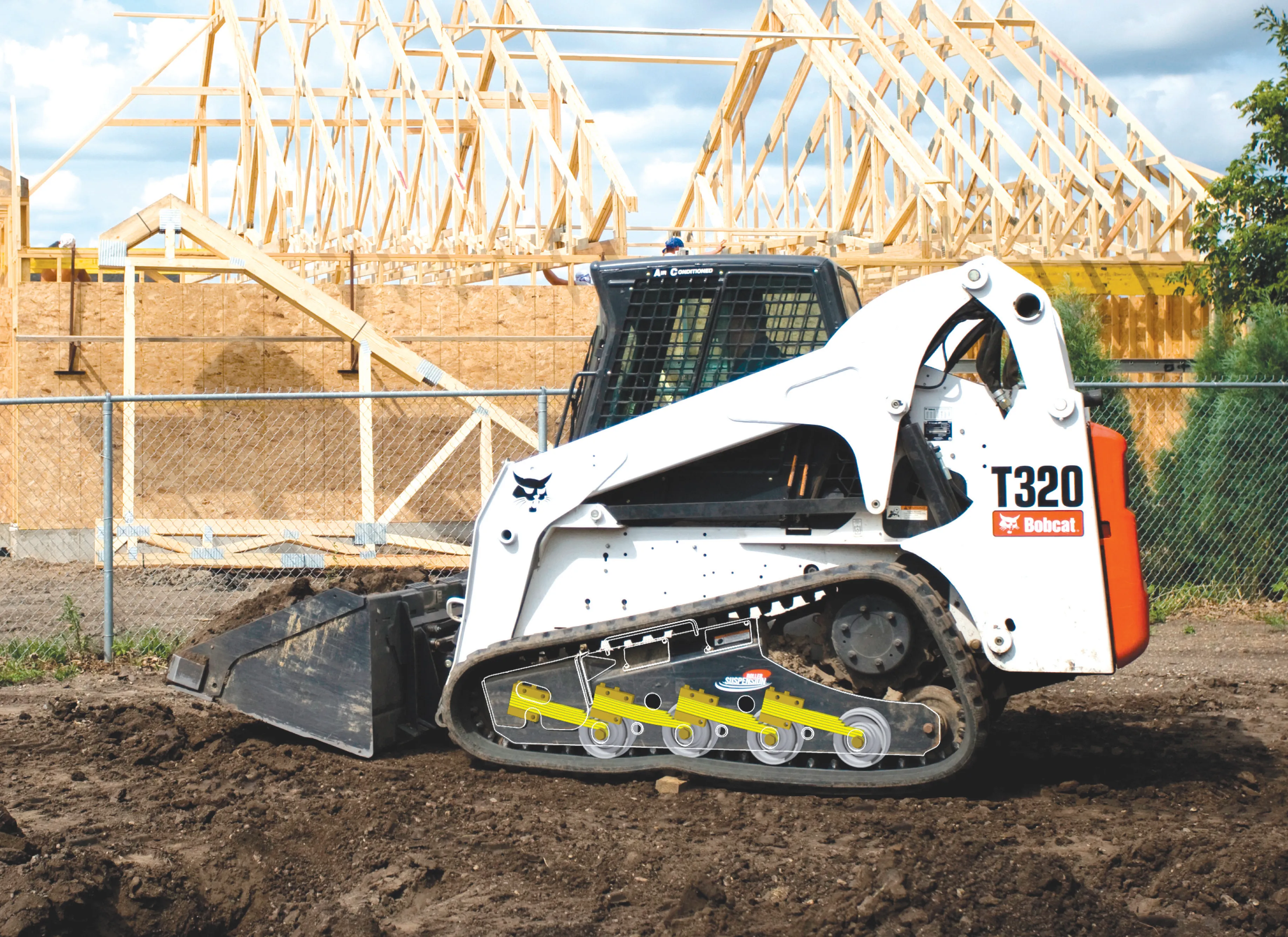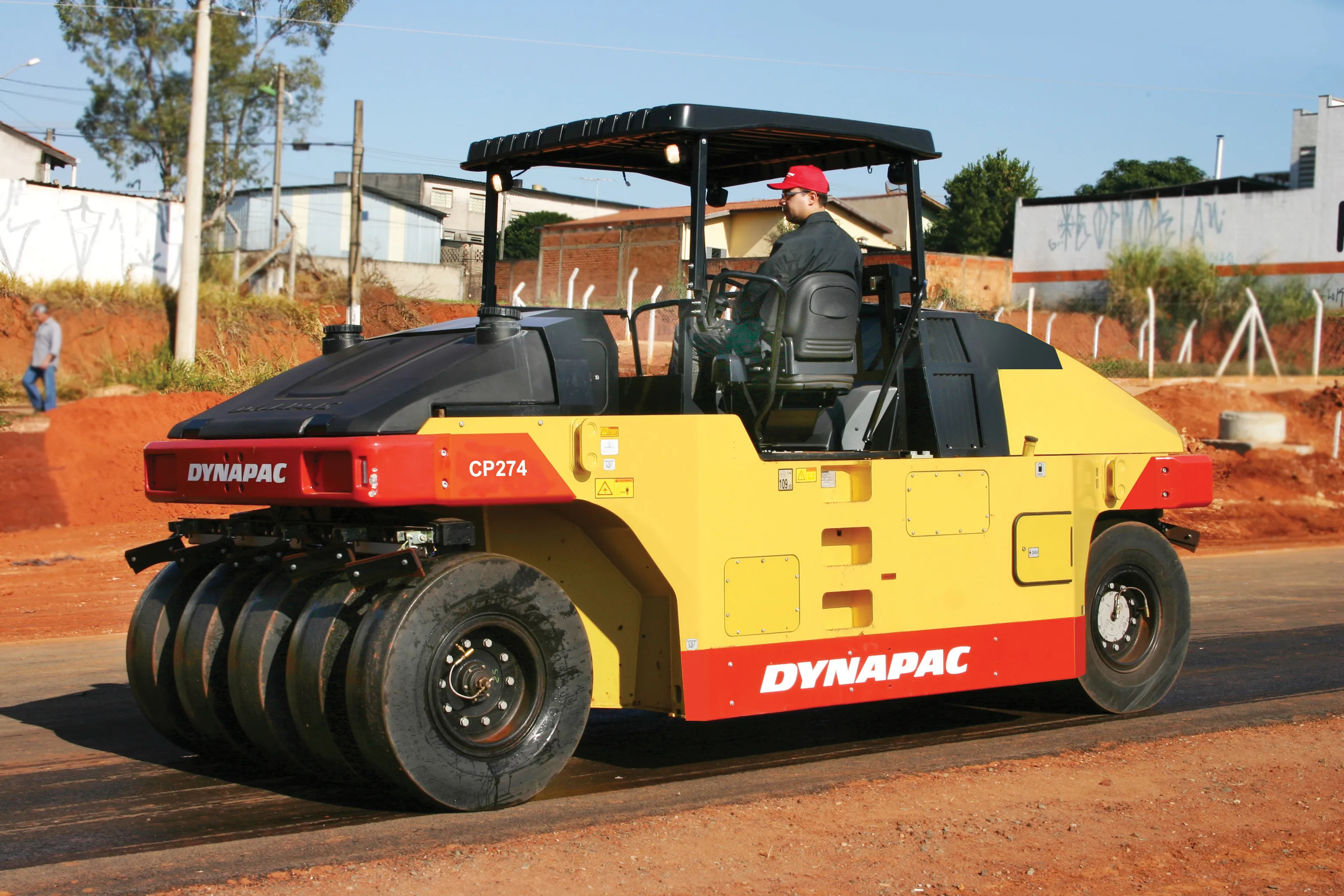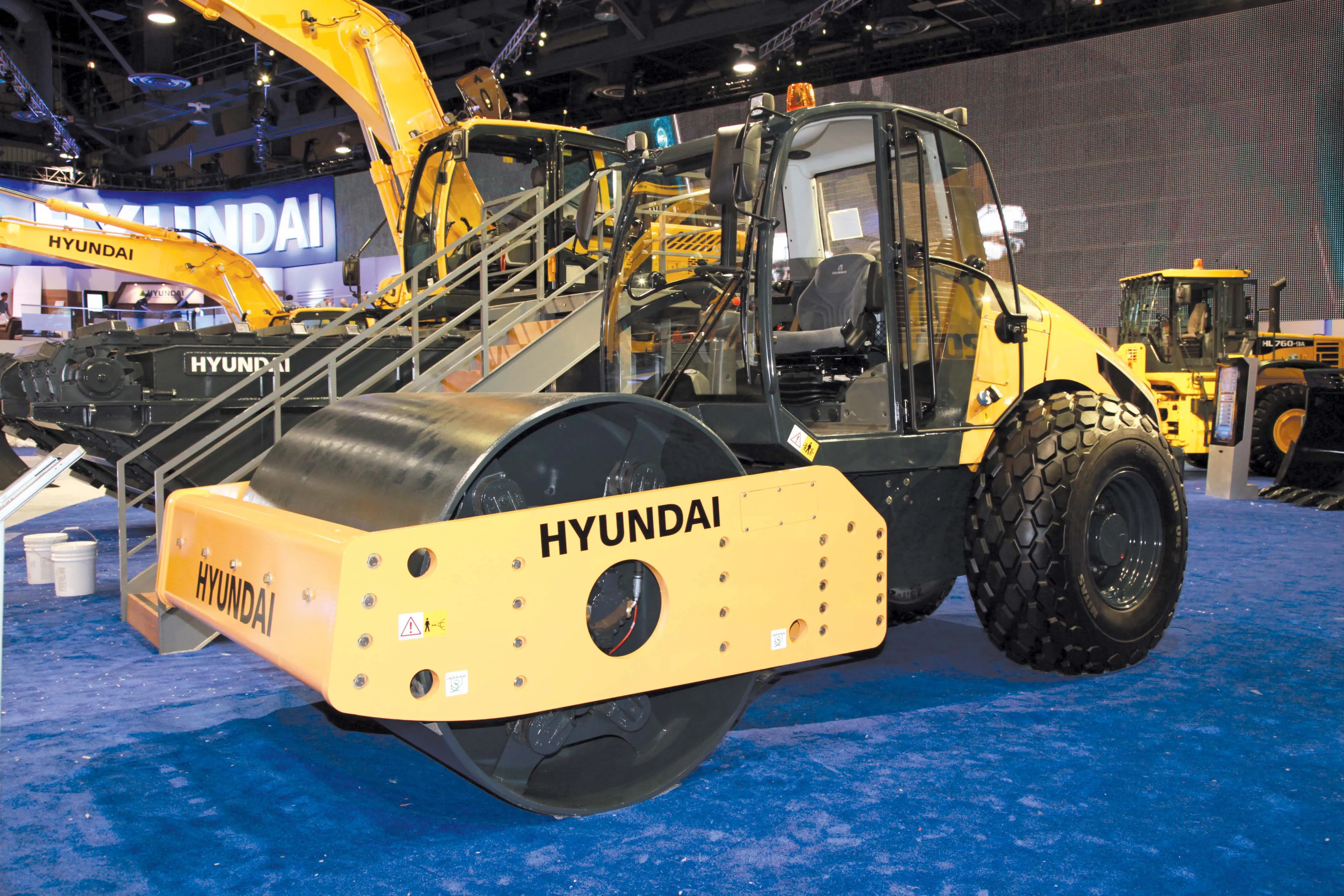Bobcat's improved all-steel roller suspension undercarriage is now offered as an option for the T190, T250, T300 and T320 compact tracked loader models. The suspension system improves ride quality for the operator, boosts performance and productivity and increases service life. Easy to maintain, this system is available in addition to the recently upgraded standard solid-mounted undercarriage. Both systems offer better performance than the undercarriage system previously used on Bobcat compact tracked loade
July 17, 2012
Read time: 2 mins

The track idlers have been raised and the weight of the machine rests on the rollers, improving turning ability. Opting for the suspension system allows a tracked loader to drive over bumpy ground at higher speeds and helps to reduce spillage from the bucket. This is said to be the first roller suspension system to feature an all-steel construction and with steel imbed tracks. The leaf springs, forged steel rollers and single-flanged forged steel idlers are all said to offer long life, cutting running costs in the long term. Virtually maintenance-free, the system has few moving parts and does not require greasing as the rollers are permanently sealed and lubricated with synthetic oil. The drive motor and hydraulic lines of the Bobcat roller suspension system are kept in fixed positions. This limits the possibility of the hoses becoming snagged and reduces wear from vibration and rubbing during operation. The drive motor housing is also hidden, which limits exposure to debris.








